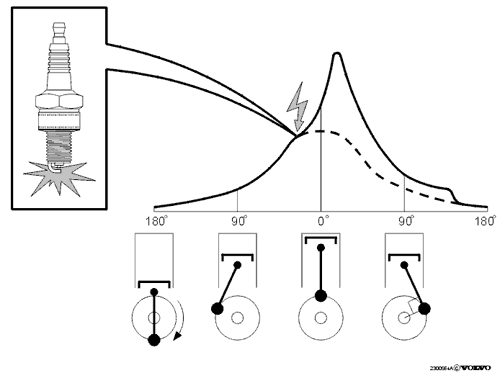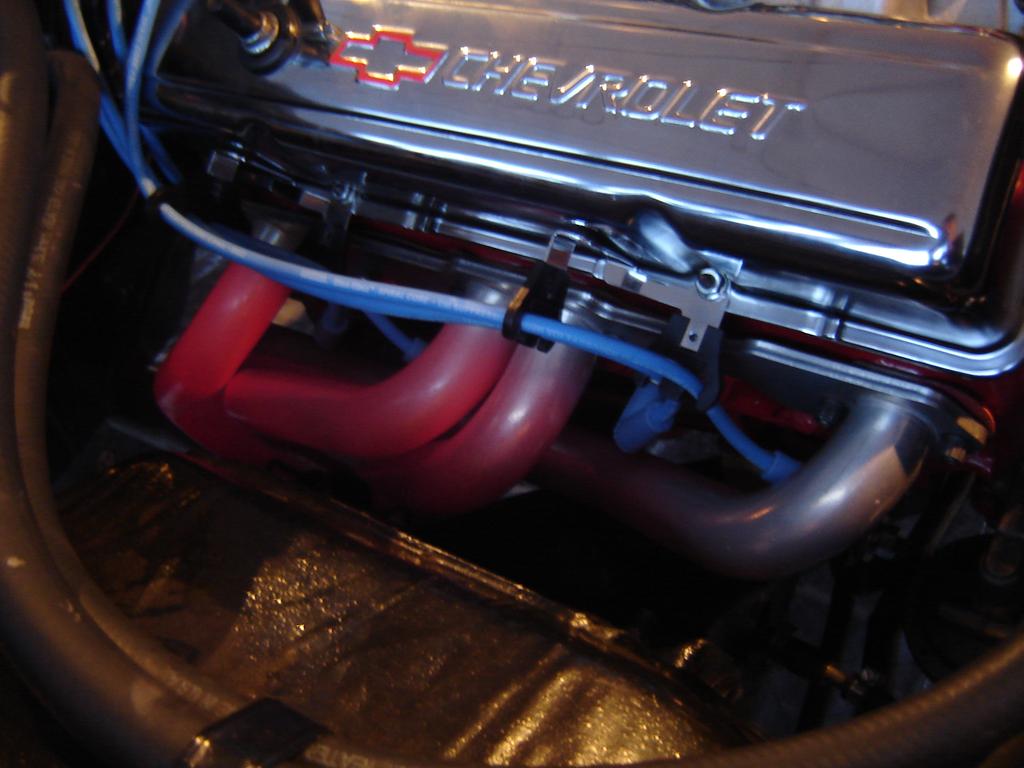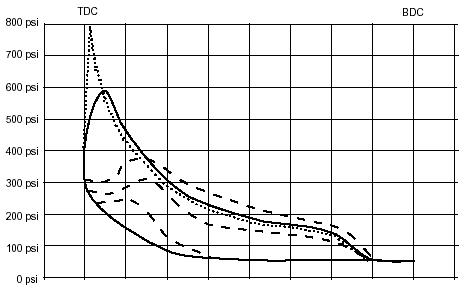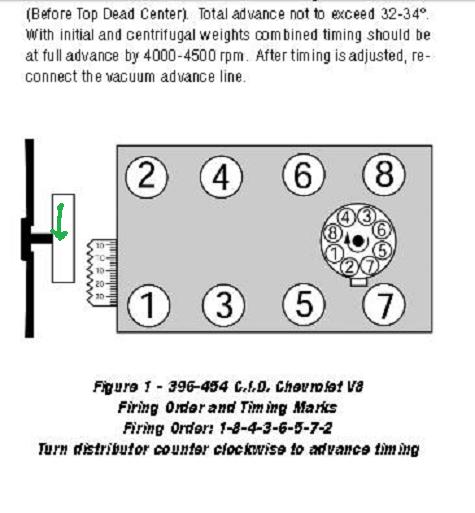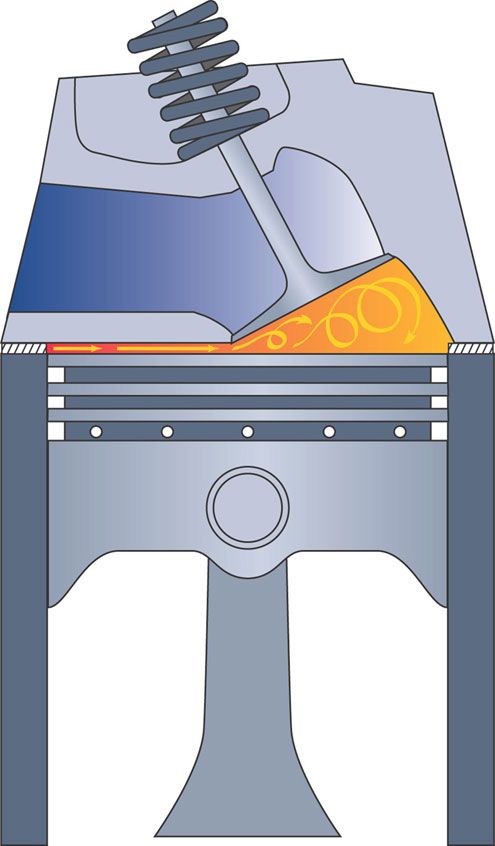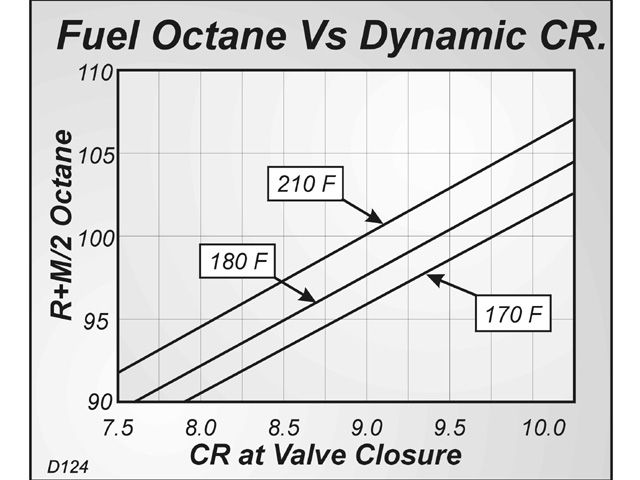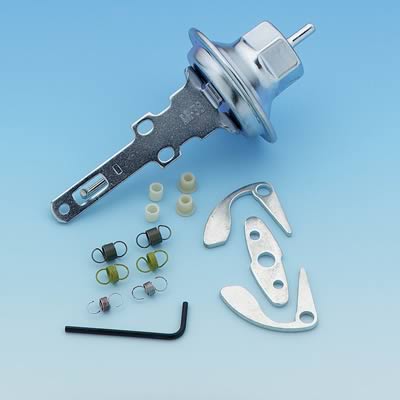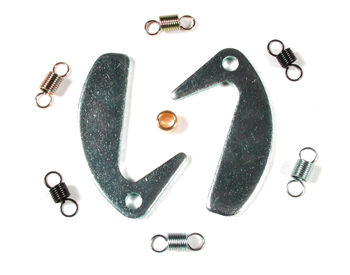DPC Racing
Member
Hey guys maybe somebody can make me understand somthing.A guy I did some work on his 70 GS Buick 455 [brakes front end elec]he had put in a built 455 engine, street cam, holle :?: y carb good exhaust the engine ran good but when the engine temp got to 180 or so it would ping really bad, total timing was at 34 degrees all in at 3000 rpms, MSD box no vacuum advance.When he set the timing back to 28 total it was better but pinging was still there.A guy in his buick club that has worked on alot of hot street set up and race ones told him to lock the timing in at 30 and set the MSD box so it would start,well I thought the pinging would be worst with the locked in 30 advance but it stopped it.Can anybody tell me why it worked.
Thanks DPC
Thanks DPC

